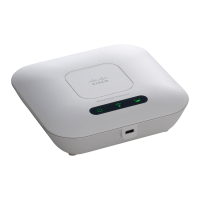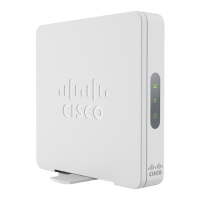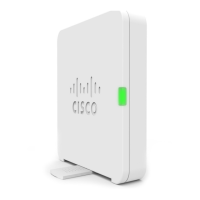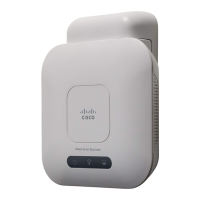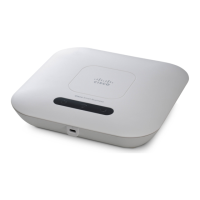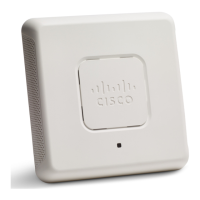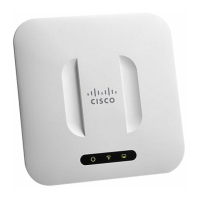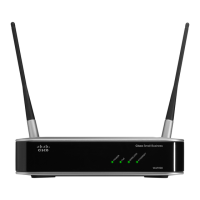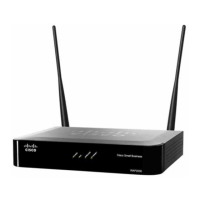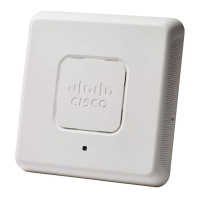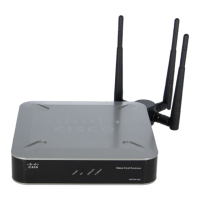• Destination Port — Includes a destination port in the match condition for the rule. The destination port is identified
in the datagram header.
• Any — Any port that meets the rule criteria.
• Select From List — Choose the keyword associated with the destination port to match: ftp, ftpdata, http,
smtp, snmp, telnet, tftp, www. Each of these keywords translates into its equivalent port number.
• Custom — Enter the IANA port number to match to the destination port identified in the datagram header.
The port range is from 0 to 65535 and includes three different types of ports:
• 0 to 1023 — Well known ports
• 1024 to 49151 — Registered ports
• 49152 to 65535 — Dynamic and/or private port
• Type Of Service — Matches the packets based on specific service type.
• Any — Any type of service.
• Select From List — Matches the packets based on their DSCP Assured Forwarding (AS), Class of Service
(CS), or Expedited Forwarding (EF) values.
• DSCP — Matches the packets based on a custom DSCP value. If selected, enter an value from 0 to 63 in this
field.
• Precedence — Matches the packets based on their IP precedence value. If selected, enter an IP Precedence
value from 0 to 7.
• ToS/Mask — Enter an IP ToS Mask value to identify the bit positions in the IP ToS Bits value that are used
for comparison against the IP ToS field in a packet.
The IP ToS Mask value is a two-digit hexadecimal number from 00 to FF, representing an inverted (that is,
wild card) mask. The zero-valued bits in the IP ToS Mask denote the bit positions in the IP ToS Bits value that
are used for comparison against the IP ToS field of a packet. For example, to check for an IP ToS value having
bits 7 and 5 set and bit 1 clear, where bit 7 is most significant, use an IP ToS Bits value of 0 and an IP ToS
Mask of 00.
Step 7 Click OK. The changes are saved to the Startup Configuration.
To delete or modify an ACL, select the ACL and then click Delete or Edit
To delete or modify a rule, select the rule in the Details Of Rule(s) area and click Delete or Edit.
Note
Step 8 Click Apply.
Configure IPv6 ACLs
To configure an IPv6 ACL:
Step 1 Select Access Control > ACL.
Cisco WAP150 Wireless-AC/N Dual Radio Access Point with PoE / Cisco WAP361 Wireless-AC/N Dual Radio Wall Plate Access Point with PoE
84
Access Control
Configure IPv6 ACLs
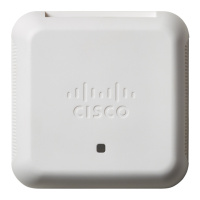
